Solve All Your Snake Plant Problems by Avoiding These 7 Mistakes You Probably Don’t Even Know You’re Making
Even good plant parents can make mistakes. Get rid of all your snake plant problems by avoiding these 7 simple errors.
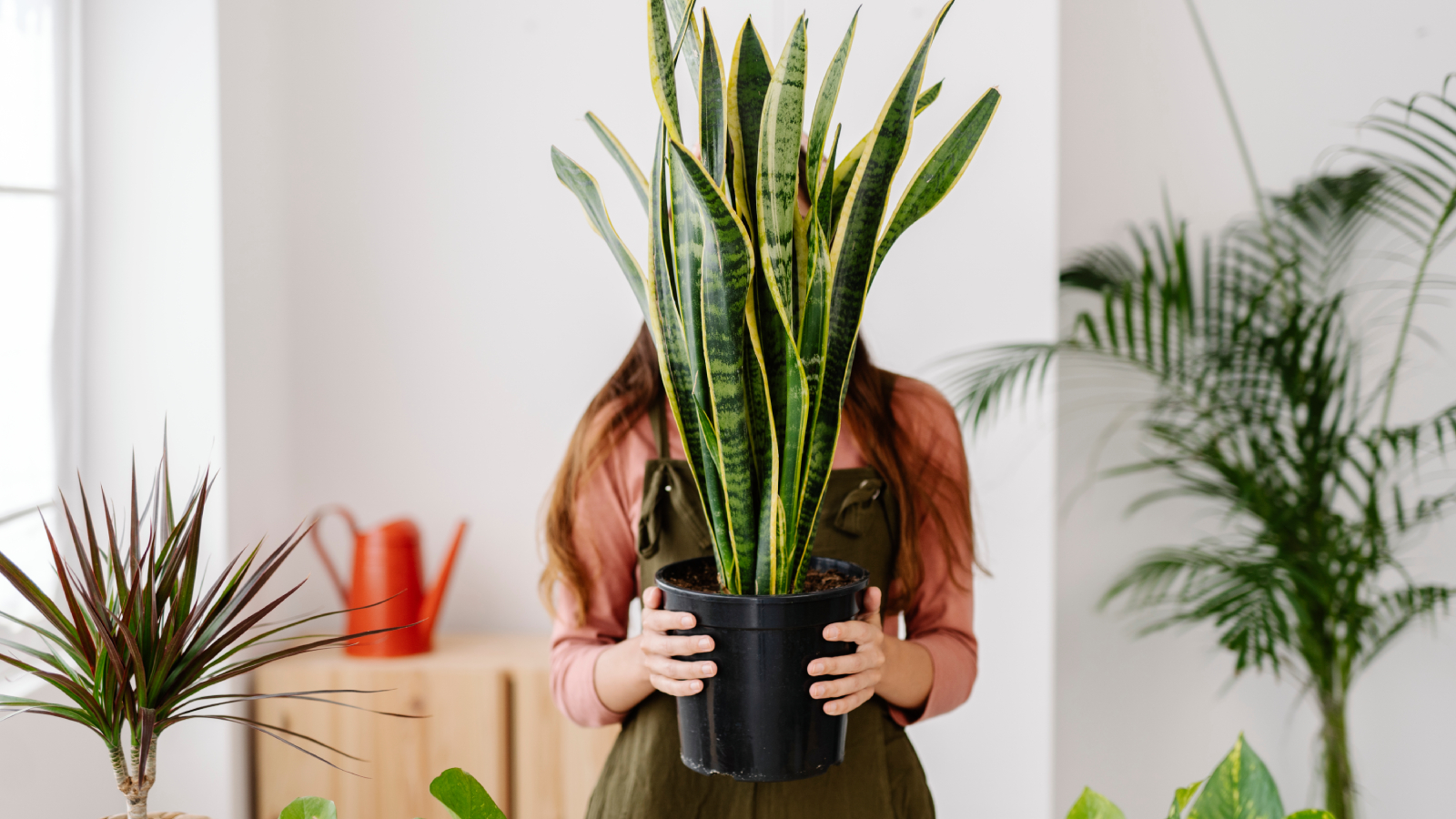

Laura Walters
Snake plant problems are typically rare since this hard-to-kill houseplant is adaptable and easy to grow. The most common snake plant problems are often related to incorrect watering, poor soil, improper lighting, and extreme temperatures.
For gardeners who place their snake plants outdoors in the warm season, pests can become an issue. If you’re growing your plant indoors year round, however, most issues are due to the wrong environmental conditions and a lack of basic snake plant care needs.
Let’s take a look at the causes behind some of the most common snake plant problems, as well as simple ways to solve them or prevent them in the first place.
Common Causes of Snake Plant Problems
Even the most well-meaning plant parents can end up making fatal mistakes. Here are the 7 most common care errors that can cause your snake plant to die.
1. Overwatering

The most frequent snake plant problems stem from incorrect watering. These plants live in rocky, dry soil in their natural habitats. These sites drain water away easily and do not hold moisture. In commercial cultivation, snake plants are grown in limestone fields with loose soil. So in the home, a snake plant needs very little water.
You should only water snake plants when the soil is dry to the touch about an inch (2.5 cm) below the soil level. After watering, wait 15 minutes and remove any extra moisture that leached into the dish under your pot. Leaving it to sit in water can cause root rot in snake plants.
Also, be sure to grow your plant in a pot with drainage holes. This is an absolute must. You can find tons of different styles of indoor plant pots at Walmart that will suit any kind of home decor.
Sign up for the Gardening Know How newsletter today and receive a free copy of our e-book "How to Grow Delicious Tomatoes".
During the dormant season in fall and winter, allow your snake plant to dry out between watering. This could be every two weeks or up to a month, depending upon the conditions in your house and where the plant is situated.
If you see any mold forming on the soil or the leaves start tipping over, those are signs of an overwatered snake plant. When giving plants a drink, direct water to the base of the plant at the soil and avoid splashing on the leaves to prevent further snake plant problems.
2. Using the Wrong Soil
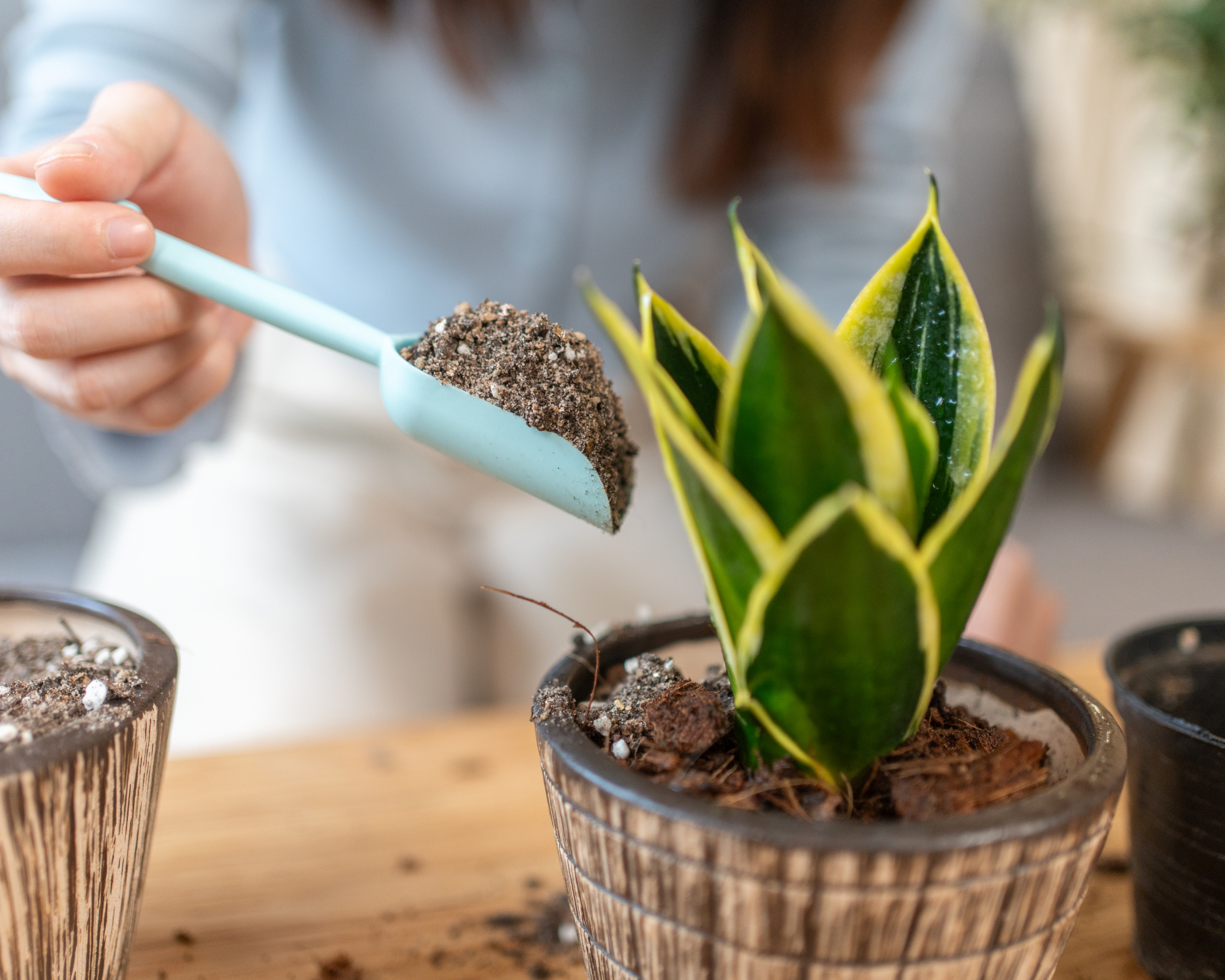
To avoid common snake plant problems due to soil, it is important to mimic its natural growing medium. Many home growers opt for standard potting soil, but this can hold onto excess moisture and encourage fungal issues.
Incorporating gritty material to potting soil will help. This could be coconut coir, gravel, sand, rough bark, perlite, or other heavily textured organic items. A cactus or succulent potting mix will provide near perfect soil conditions for this succulent. Repot your snake plants into containers filled with Miracle-Gro’s cactus potting mix from Ace Hardware to give them exactly what they need.
3. Giving Plants Too Little or Too Much Light
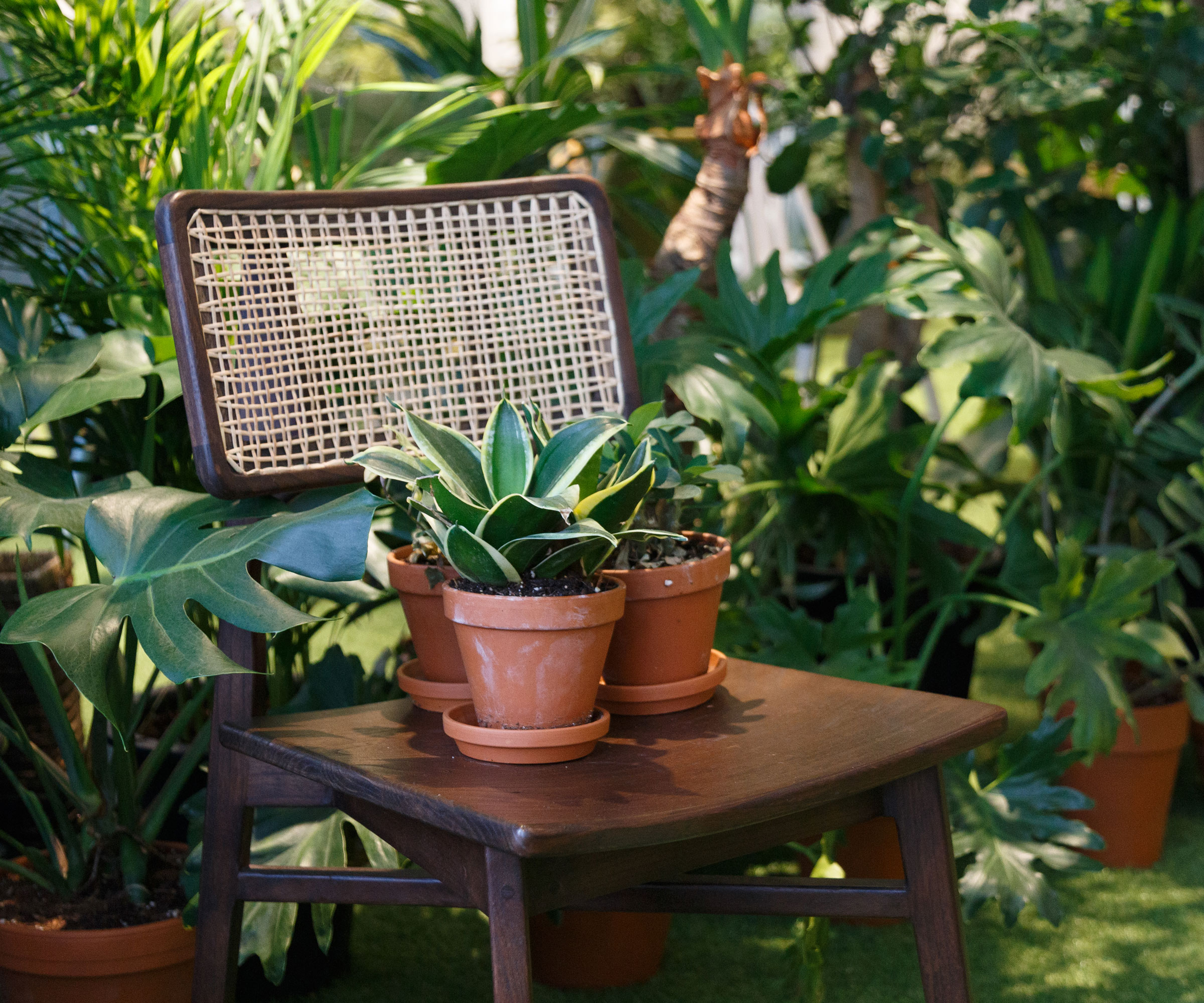
Though snake plant light requirements are generally low, the best growth and foliage occur when you give them moderate sun. Place your snake plant where it will receive bright, indirect light. Keep the plant out of bright sunlight or the leaf tips will burn and turn brown and brittle.
The best location is several feet away from a southern or western-facing window. If you have to place the plant closer to the window, screen it with a sheer curtain. In office buildings or areas with only artificial light, supplement the sun with a plant light, like this Amazon favorite that quickly clips onto any desk or tabletop.
4. Keeping Your House Too Cold
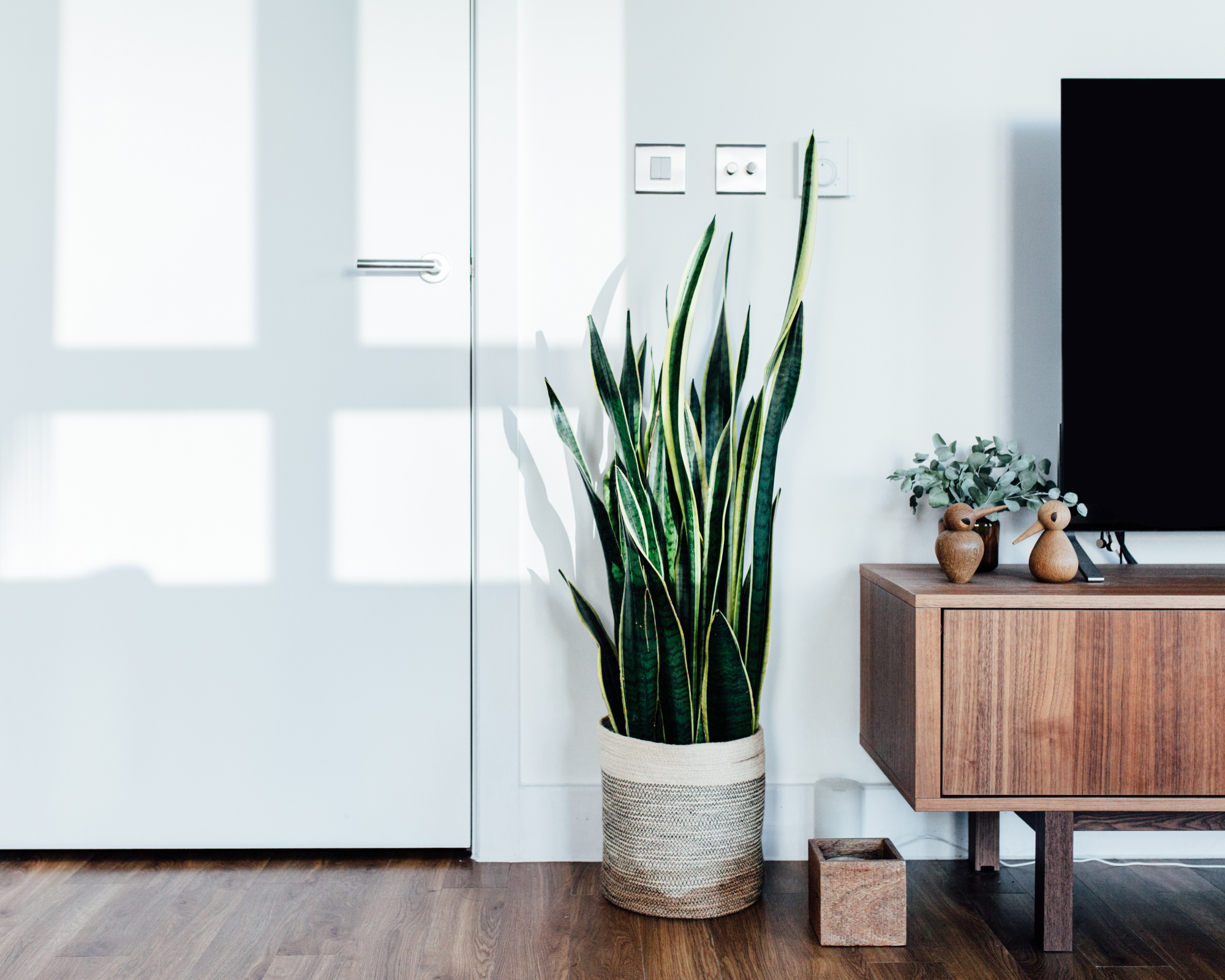
Snake plants are a warm climate species and have little to no cold tolerance. Inside the home, temperatures between 65-80 degrees Fahrenheit (18-27 C) are ideal for growing snake plants. Do not allow your plant to remain in temperatures below 55 F (13 C). If you grow snake plants outdoors, temperatures below 50 F (10 C) can kill them.
Avoid placing the container near blowing heat or AC vents and drafty windows or doors. Rapid temperature fluctuations can stress your plant. Snake plants grown in an area that’s too cold will form narrow leaves with little banding.
5. Ignoring Pests & Diseases
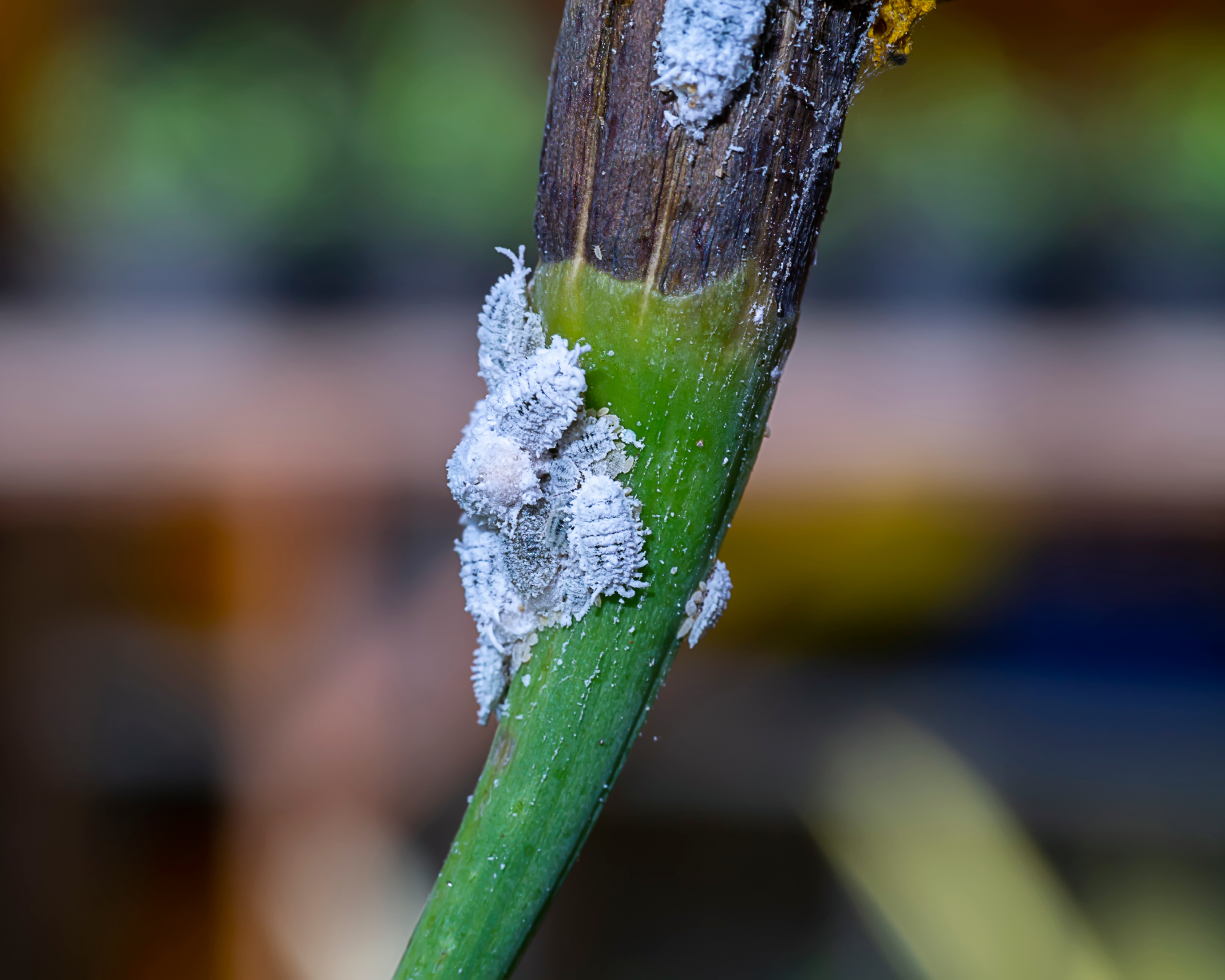
Snake plants are super stoic and rarely have complaints. But if they are grown outdoors, sucking insects can be an issue. Mealybugs, scale, aphids, and mites are the most common snake plant pests. Wipe leaves with rubbing alcohol or spray the plant with horticultural oil to keep pests at bay. This Bonide spray from Amazon should do the trick.
The primary snake plant diseases are fungal and caused by overwatering, excess humidity, heavy soil, and lack of drainage. Don’t grow snake plants in the same pot as other houseplants, especially ones with differing care needs. Give snake plants the proper growing conditions and they should be disease-free.
6. Not Cleaning Plants
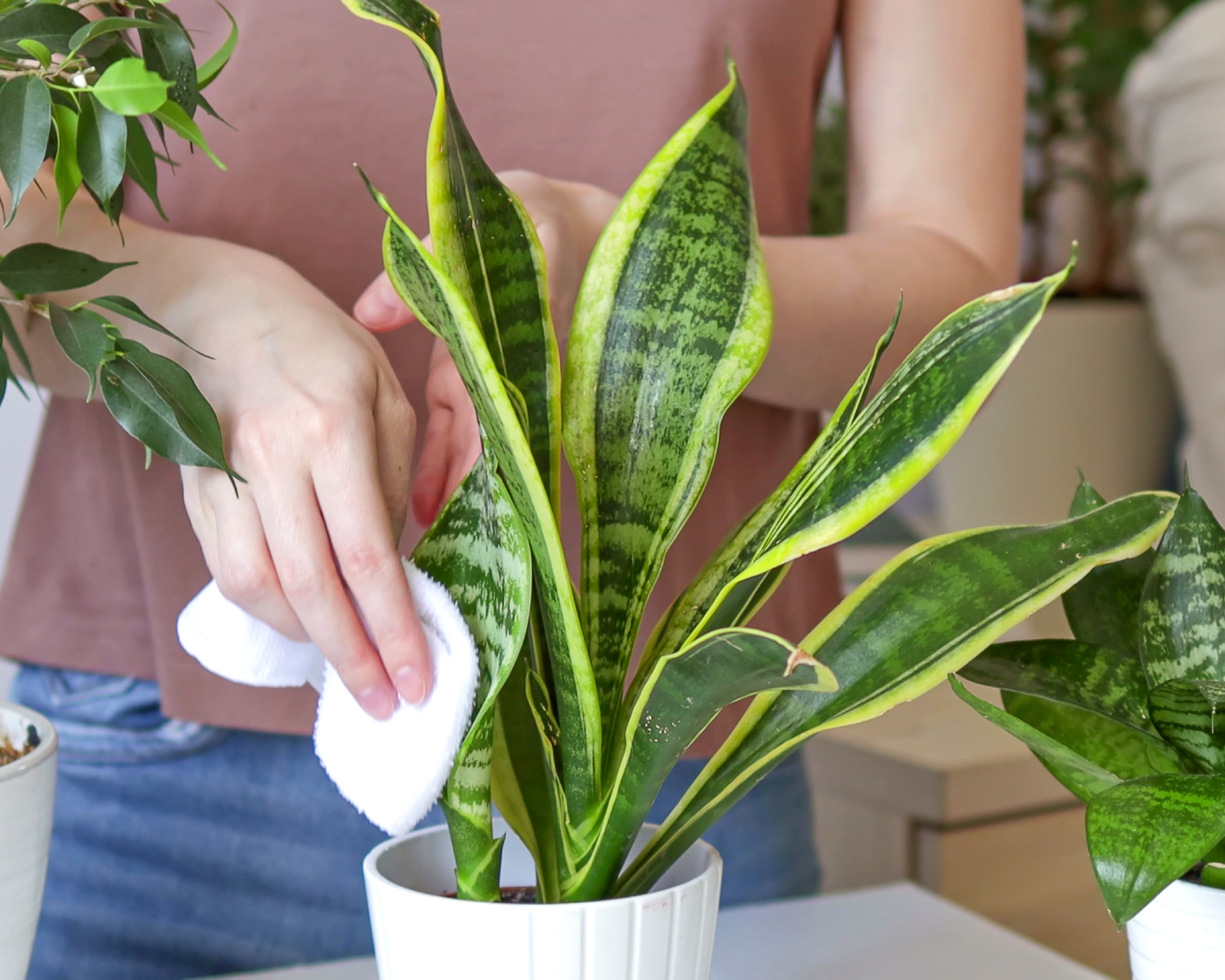
When grown in the home, snake plants will develop a coating of dust over their large leaves. This can limit the amount of sunlight the plant is able to take in and turn into food. Clean your houseplants by wiping the leaves frequently. This will remove the layer dust and allow plants to fully photosynthesize.
If you see a leaf or two turning brown and dying, this is normal. The older leaves will die to make room for new leaves. If these leaves on your snake plant are drooping, trim them out with sterile shears and keep the cut end out away from moisture until it calluses over.
7. Planting in the Wrong Size Pot
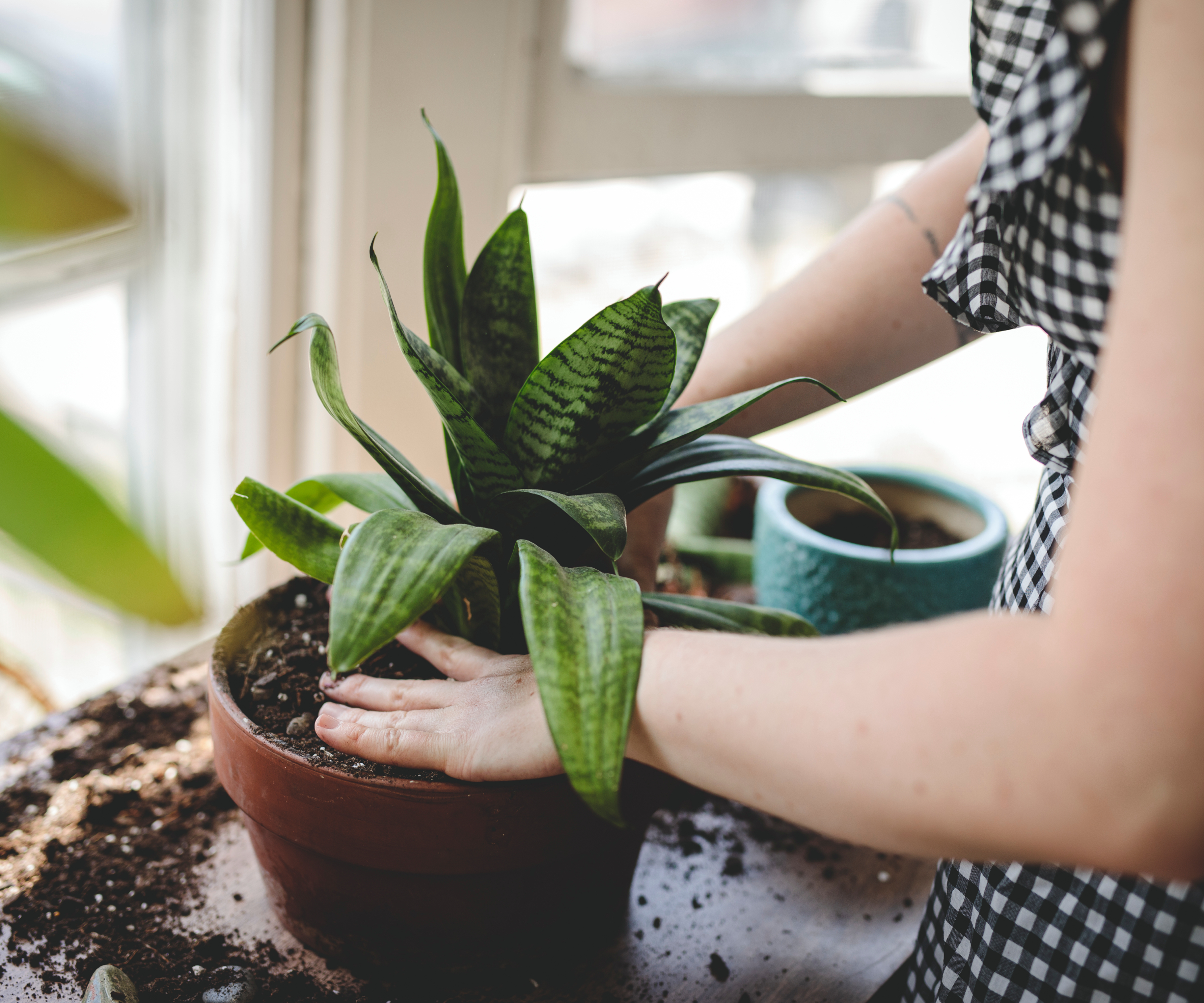
Snake plants are one of those unusual houseplants that prefer to be root bound. They have shallow, small root systems and they like to be squeezed into a pot that accommodates that. Planting them in a large container with too much soil can cause you to overwater in order to saturate the whole pot, which can then lead to root rot.
However, if your plant is too constricted in the pot, its roots cannot uptake enough moisture. For severely crowded plants, remove the root bound plants from their container and divide them. Carefully brush soil from the roots and rhizomes and gently tease apart sections that contain at least three leaves. Repot each section into snug pots.

Bonnie Grant is a professional landscaper with a Certification in Urban Gardening. She has been gardening and writing for 15 years. A former professional chef, she has a passion for edible landscaping.
- Laura WaltersContent Editor